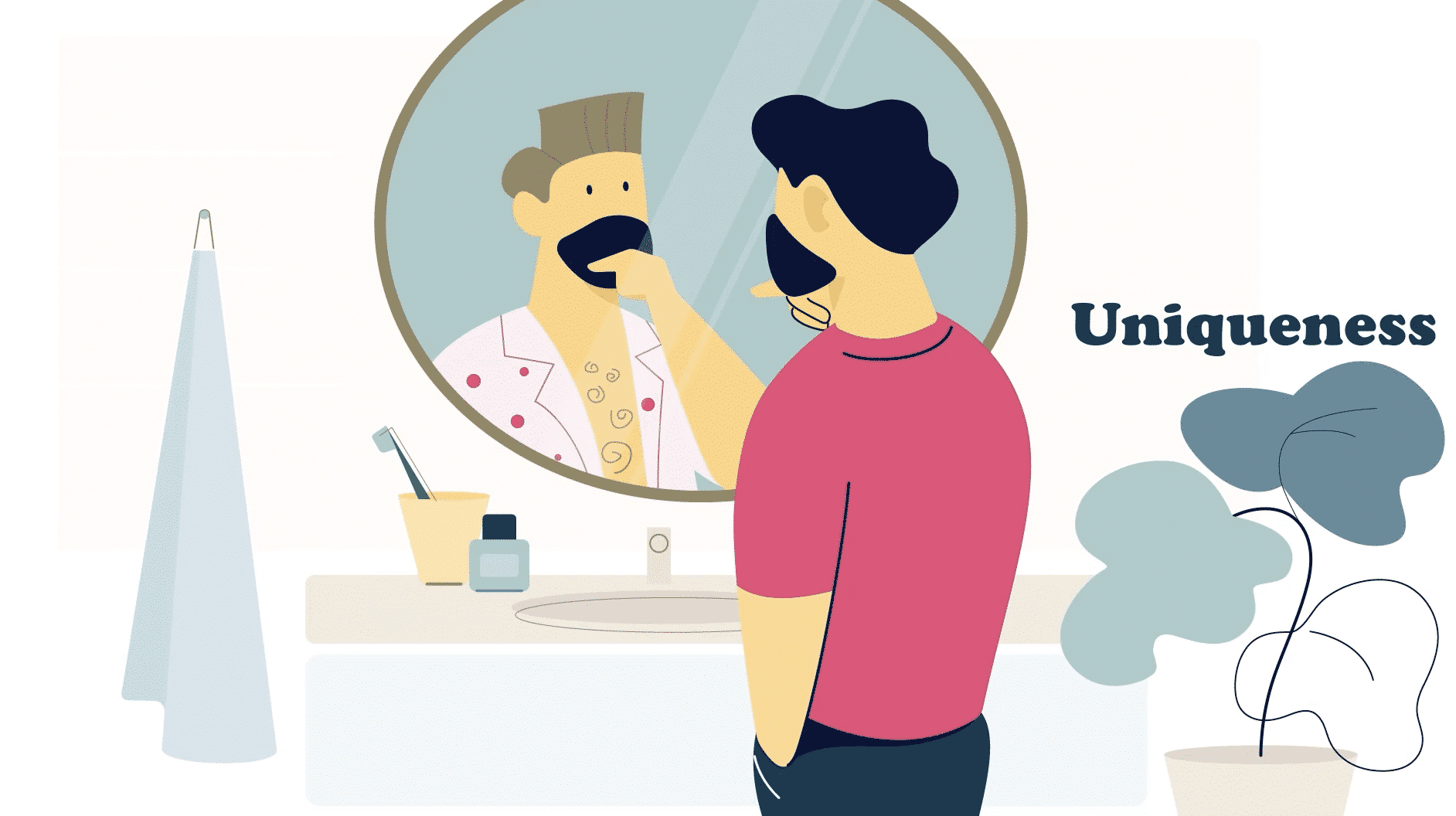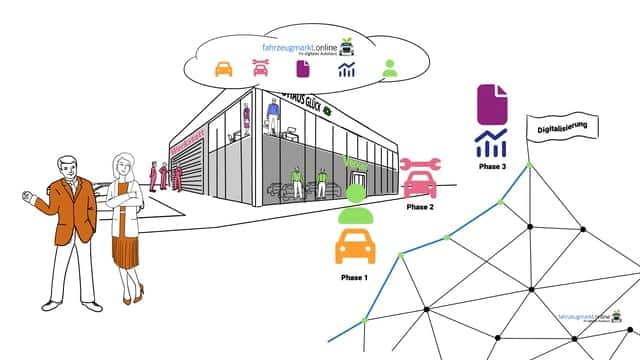The sound of a video can be created from natural and artificial acoustics. Both types of sound are underlaid separately in the recording studio.
When you see a key jingle in a video, you usually hear the matching sound of a bunch of keys jingling. Even if this sound already happens during shooting, it is added separately and additionally in the recording studio. Loud or quiet, depending on the mood of the scene: Loud, when the actor throws the key angrily on the table, and quiet, for example, when the actor comes home at night and doesn’t want to wake anyone.
Natural sound effects are familiar to you. This includes, for example, rustling leaves, footsteps, wind, thunderstorms, etc. These sounds are also produced separately to offer you, the viewer, the familiarity of the sound effects and to be close to you.
The sound of an explainer video depends on your product and your topic. Often, this is a presentation of a service, a process or a product. The viewer’s attention is attracted with creative and appealing background music. The background music must not be too intrusive, but also not reminiscent of the melody of a hotel lobby.
The sound effects of the two styles of an explainer video are almost identical. The only difference is in the sketching effect, which does not appear in the animation.
1. voiceover
A whiteboard explainer video can be produced clean. That is, except for the voiceover, the explanatory voice, there are no other sounds. This has the advantage that the viewer concentrates exclusively on the action of the explanatory video and is not distracted by other acoustic elements. A voice is chosen that fits the product and target group. This includes age, gender and dialects.
The styles of the explainer videos are accompanied by different sound effects.
2. background music
Another option is to have subtle and light background music to accompany the narrator’s voice. A complex plot explained in a short time thus acquires a calming effect.
3. sketching effect
A third variant is, as in the second point, a background music to the voiceover and, in addition, the slight acoustic suggestion of the pen sketching the action on the whiteboard. Here the viewer, through the appropriate sound, follows the fast drawing technique of the explainer video.
4. sound effect
In addition to the sounds mentioned so far, you can use other sound effects. For example, a “pop” that highlights special information in your explainer video and selectively draws your viewers’ attention to that sequence.
In general, there are numerous different sound effects that can be used. For explanatory videos, however, preferably less frequently and discreetly, so that the viewer concentrates on the action and is not distracted by too much background noise.
Which sound elements are used depends on your message, your product and your target audience. To do this, it is important that the text, voice and image match the background music (if any) and sound effects.
Lastly, your explainer video will be “mixed”. This means balancing the sound effects, voice and music to have the optimal impact on your customers.




